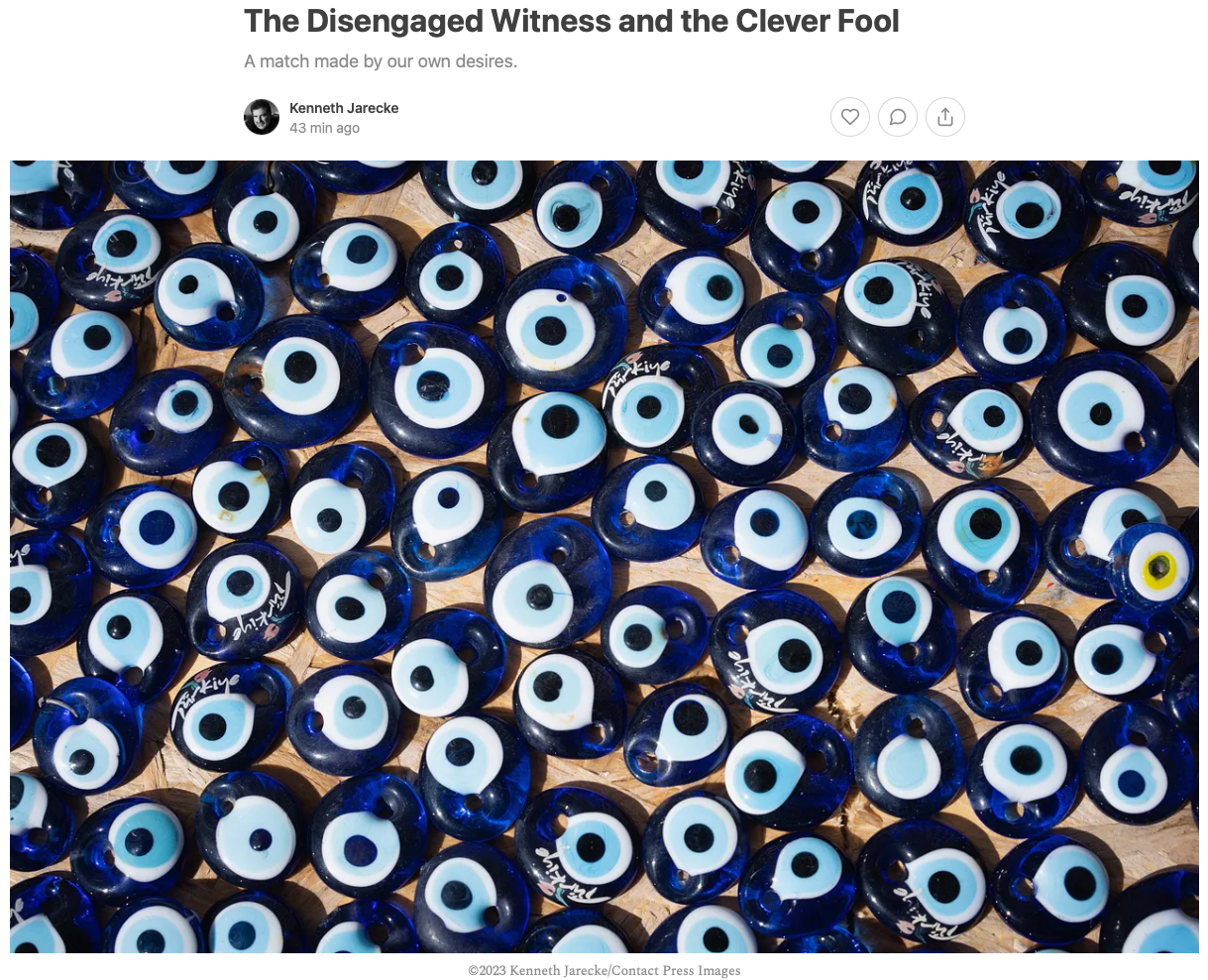The Perils of a Focus on Realism
At a certain point, photographic technology got good enough, but instead of engaging our brains to make what we do better, we focused on making it easier. For a group that needed to think more, we decided to think less.
I’ve referred to this as the democratization of photography – cameras (and the software that both controls and follows them) evolved massively in the late 20th century. I’d spent years mastering the intricacies of follow-focus and spot metering, building a solid career on producing technically excellent images in challenging situations that also helped communities understand themselves. With the advent of second-generation autofocus systems and smarter-than-me metering systems, half of what gave me value to editors was rendered … not useless, but less useful, for sure.
This is why I spend so little time on the mechanics of photography in my classes, especially when it comes to software. It changes so fast and has so little to do with journalism at the end of the day – stories and the moments that make them up are far more critical than mechanical processes that record them. The two hardest things to teach are where to point the camera and when to push the button.
Making successful images that connect with the viewer, working from the simple premise of… “I saw this, found it interesting and thought you might as well.”… cannot be faked. Not by machines, the clever tools that they are, or disengaged witnesses, which are most photographers.
Journalists (and photographers in general) must be insatiably curious about the world around them and have an overwhelming need to share what they have learned. I’m still trying to learn how to teach that.
